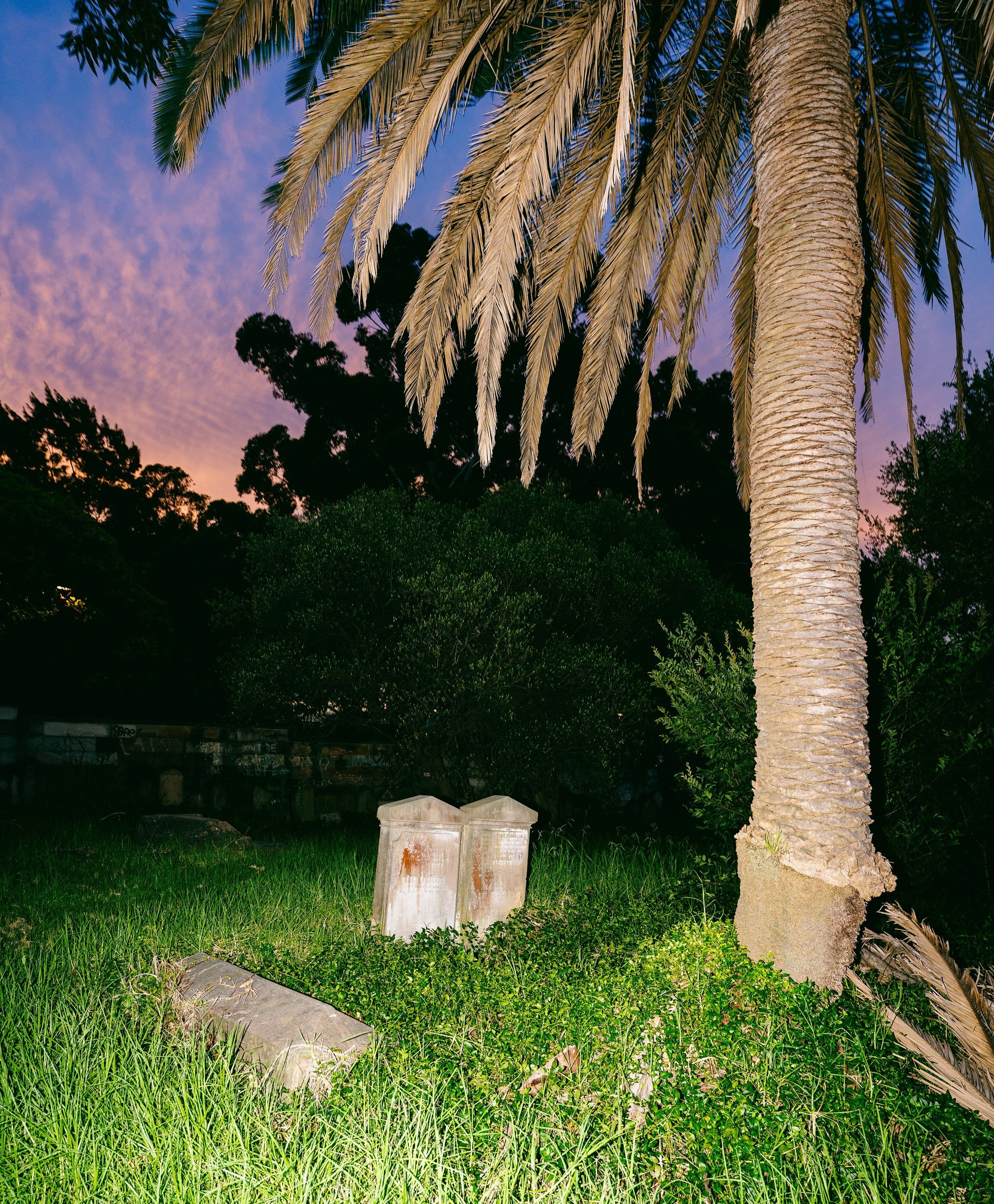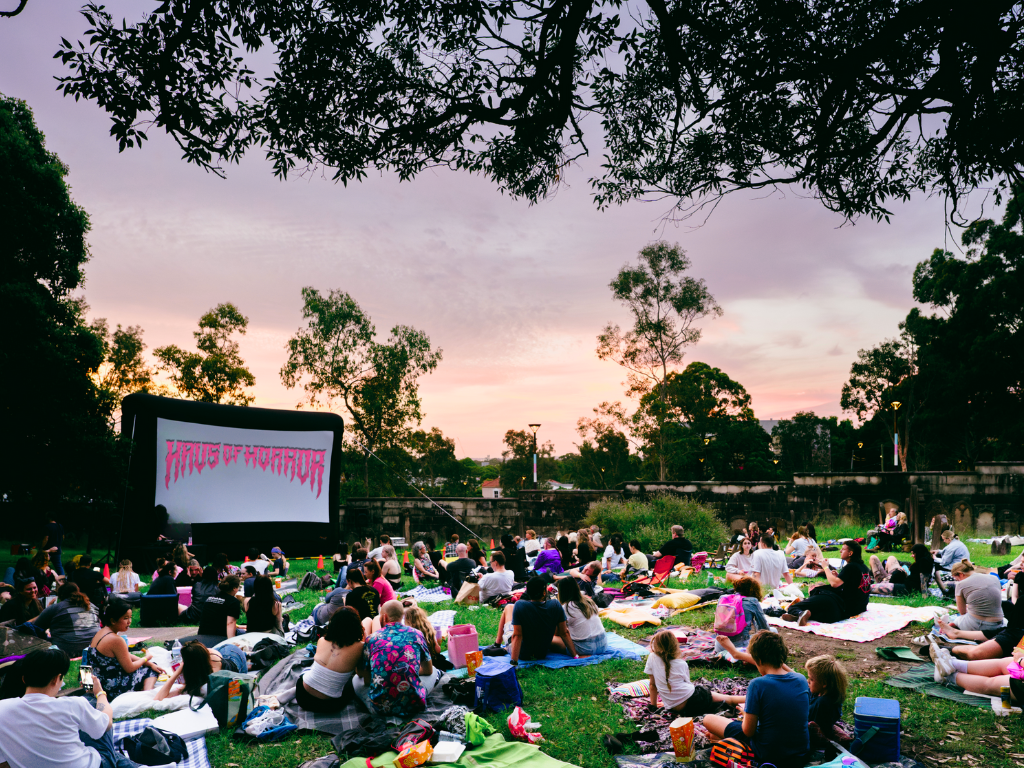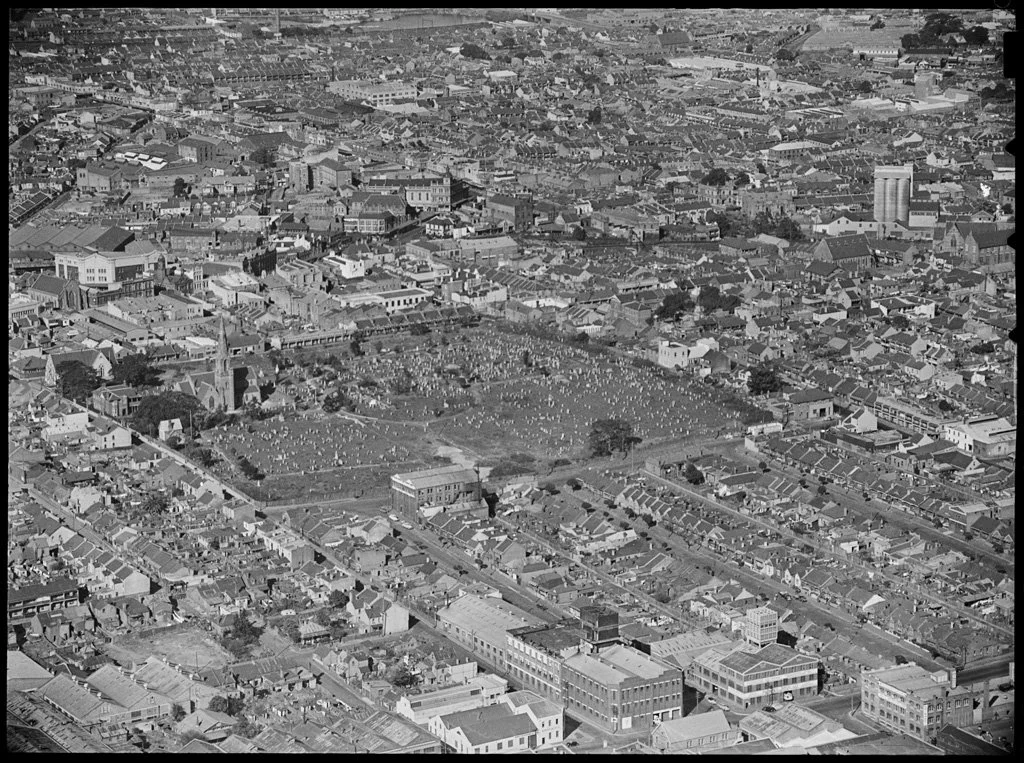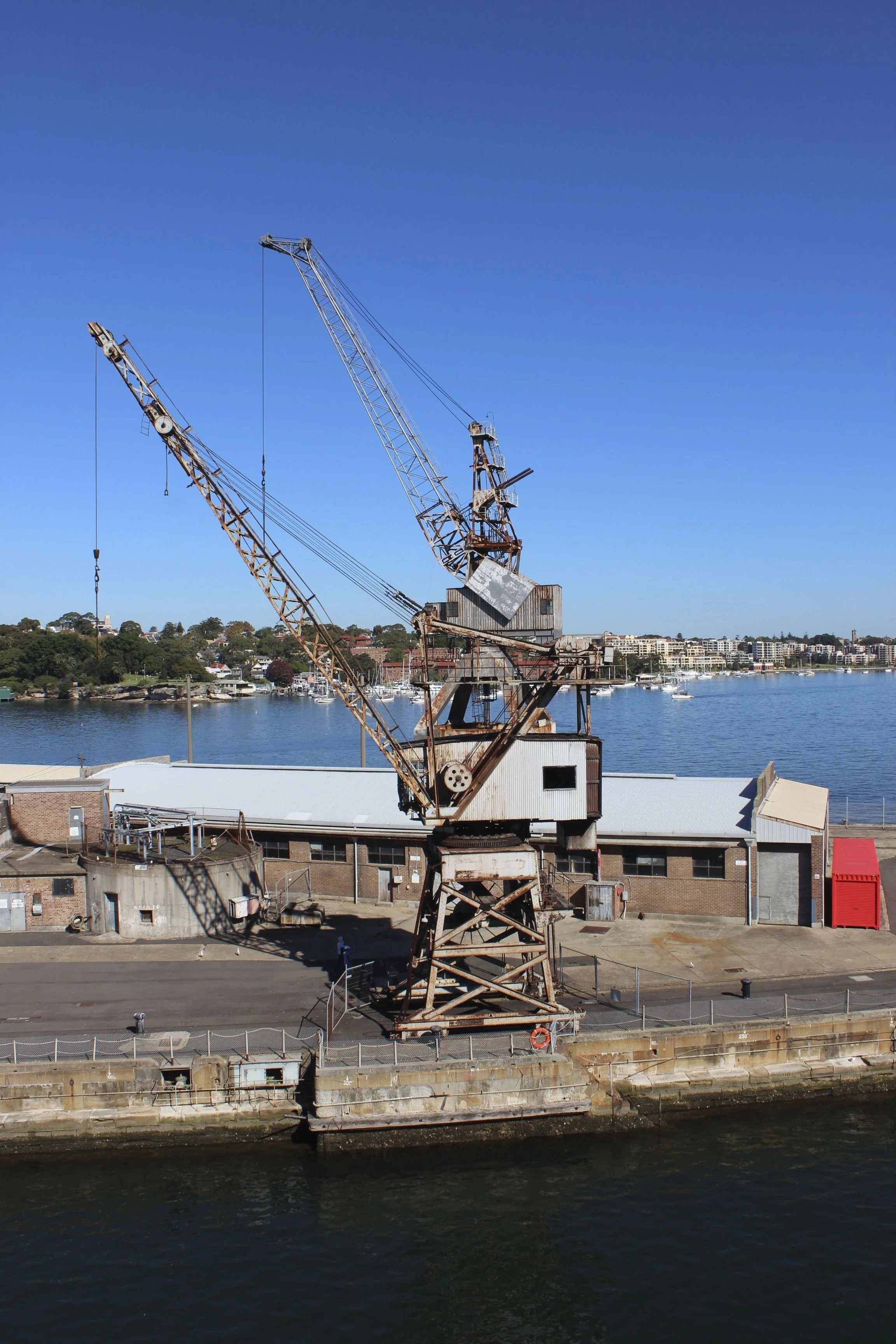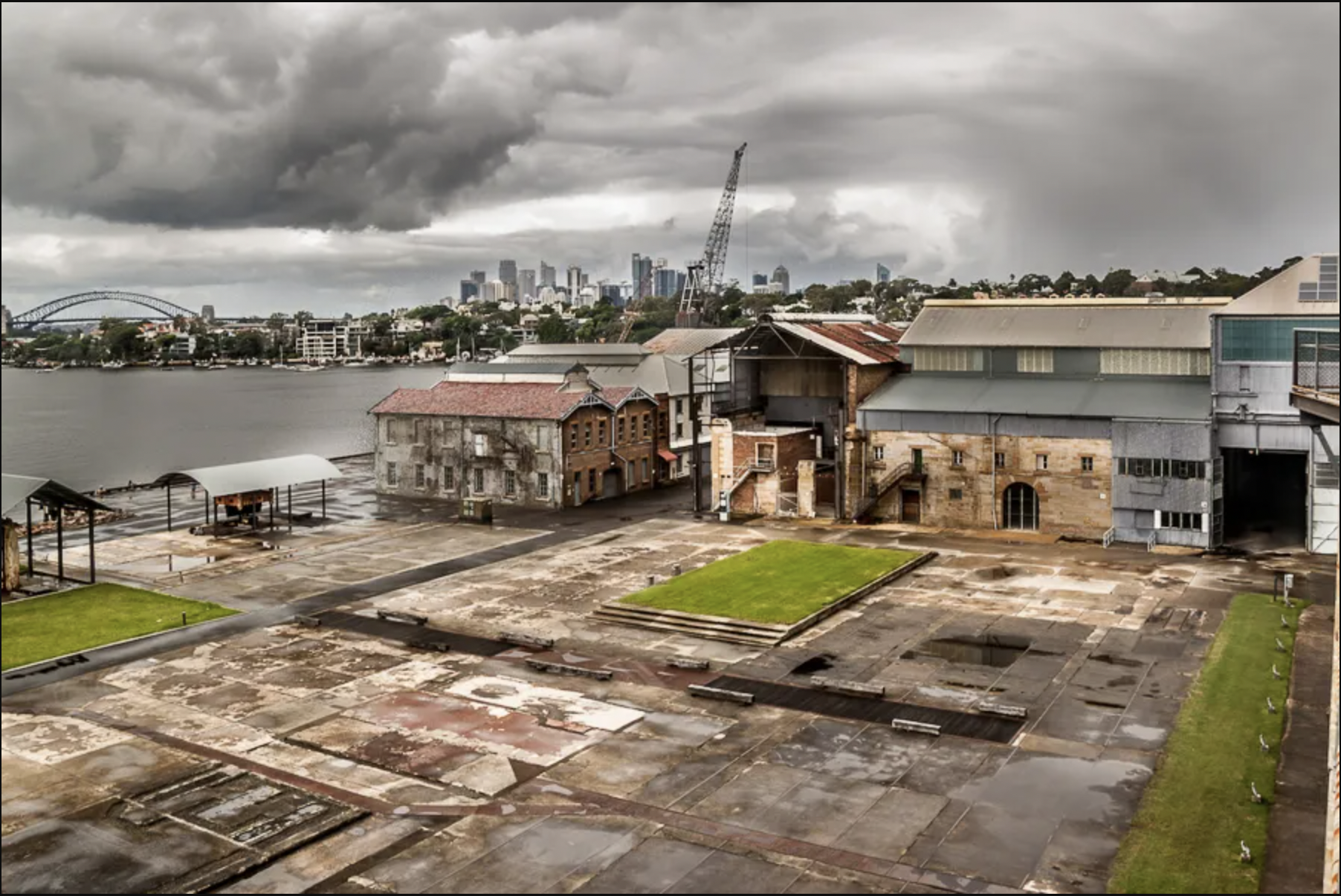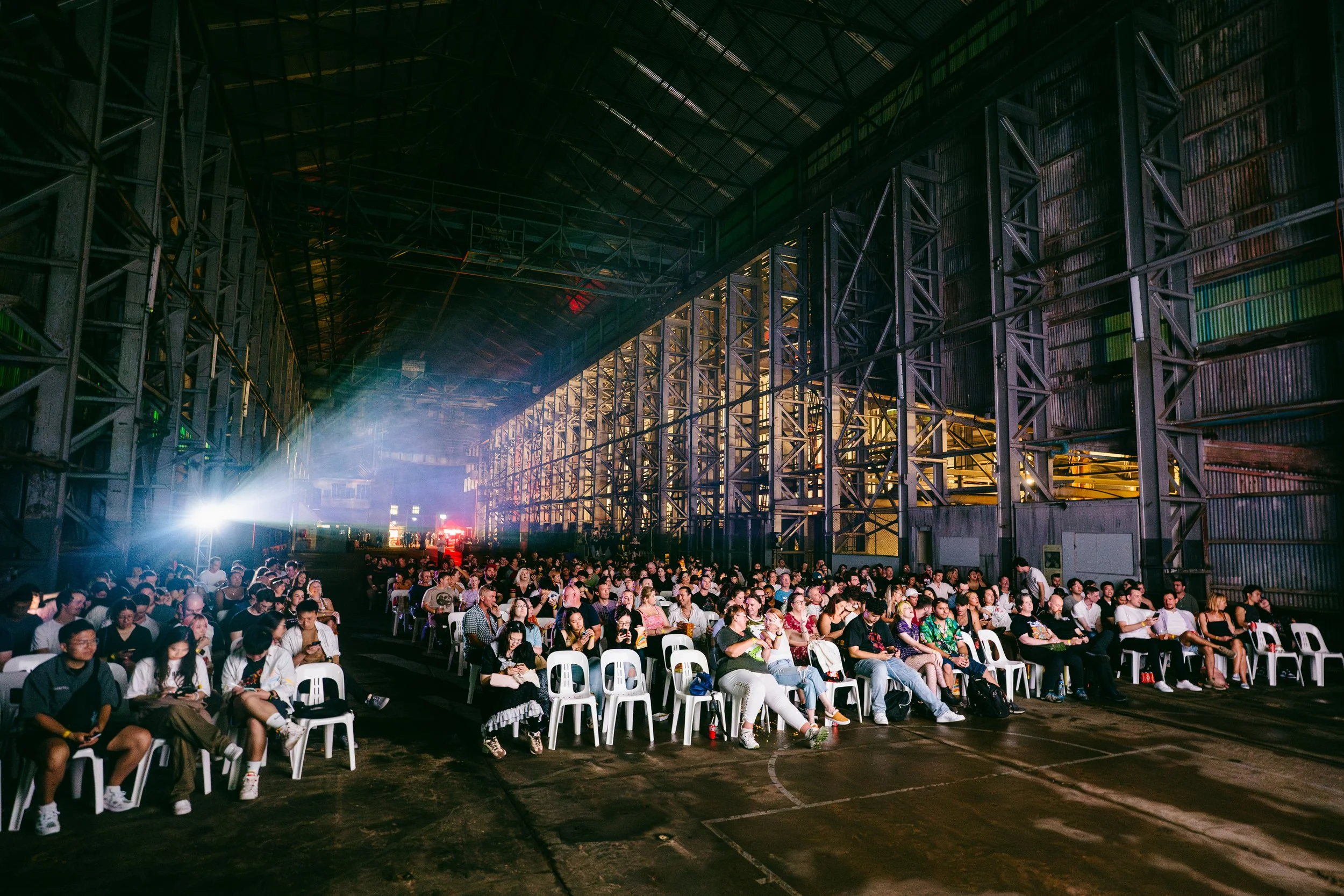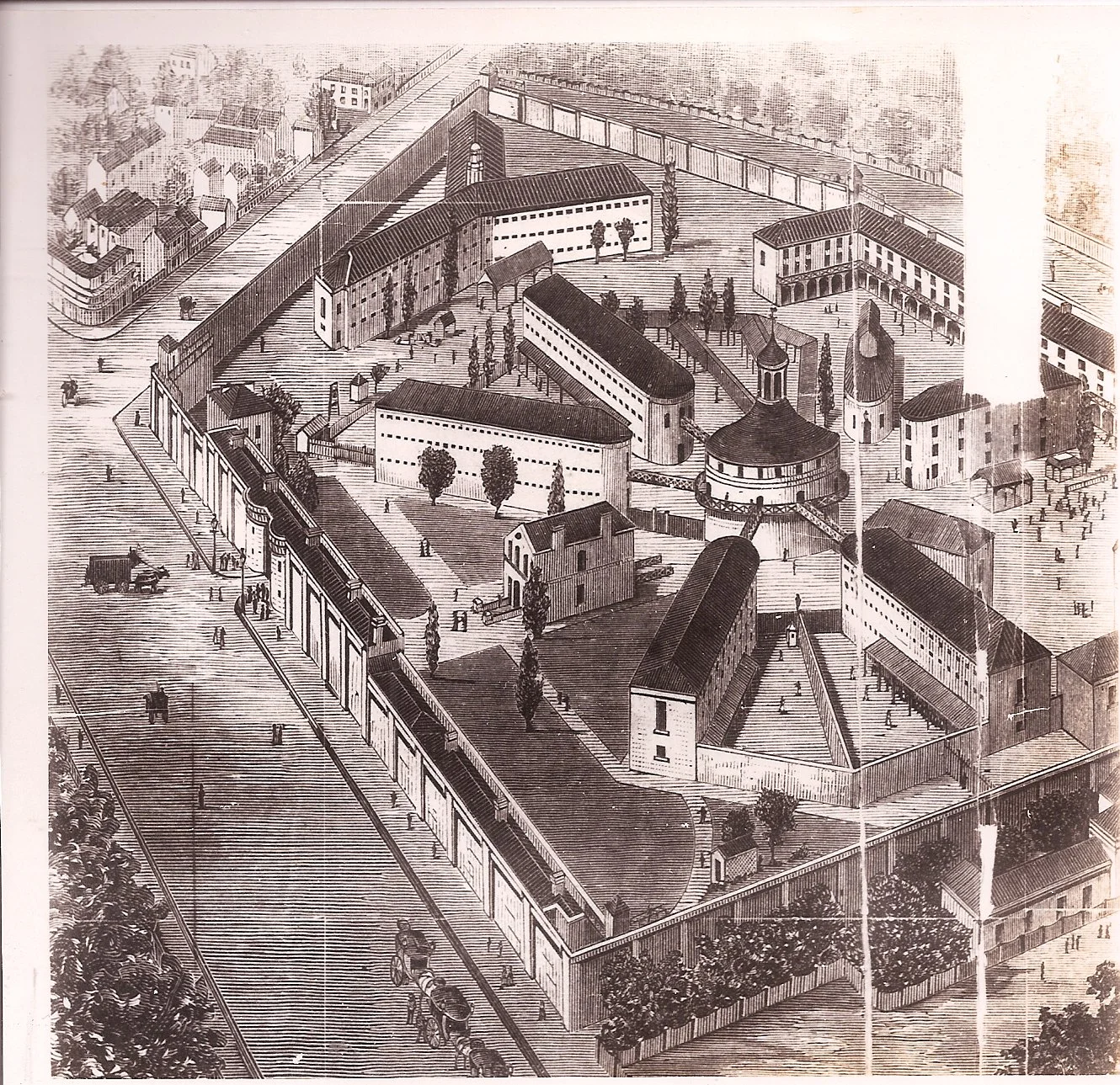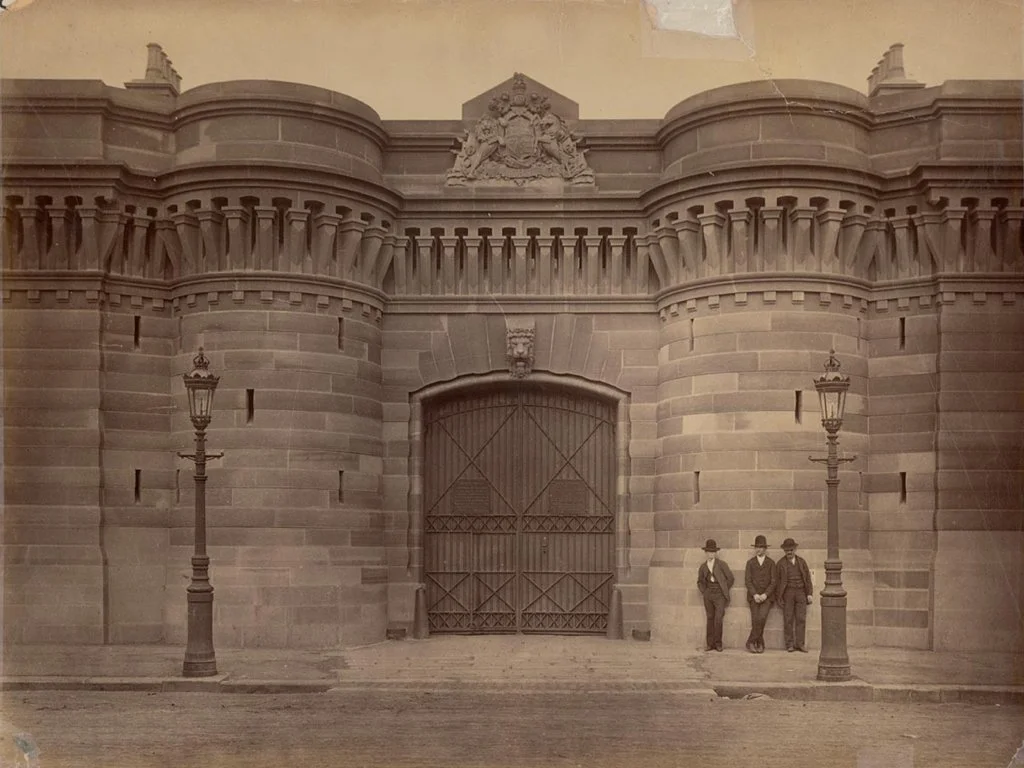CAMPERDOWN CEMETERY
Nestled on Church Street in Newtown, Sydney, Camperdown Cemetery bears witness to history's ebb and flow. Established in 1848, it served as the final resting place for nearly 18,000 souls over two transformative decades.
In 1868, whispers of discontent led to its closure for new burials, marking a shift in its rhythm. St Stephen's Church emerged within its grounds in 1871, adding another layer to its narrative.
Neglect cast shadows over Camperdown by the 1940s, until a tragic event in 1946 spurred action from the local council. Transformed into Camperdown Memorial Rest Park, it became a community hub.
Enthusiast P. W. Gledhill's efforts in the subsequent decades rescued monuments from obscurity. The restoration of the Cemetery Lodge in the 1980s breathed new life into its worn stones.
Amidst its meadows, Camperdown witnessed weddings, family gatherings, and community events. Custodians and volunteers tended to its grounds, preserving its legacy.
John Roote Andrews' artistry adorns the cemetery with diverse memorial styles, each telling a unique tale. Stories of Sir Maurice O'Connell, Lieut. Colonel Sir Thomas Livingstone Mitchell, and Sarah Broughton intertwine with Australia's history.
Today, Camperdown Cemetery stands as a sanctuary of memories, where past whispers merge with present footsteps, a testament to the enduring beauty woven into time's fabric.
COCKATOO ISLAND
Cockatoo Island/Wareamah, a storied tapestry woven into the maritime history of Sydney, stands proudly at the confluence of the Parramatta River and Lane Cove River. This UNESCO World Heritage Site, birthed from sandstone knolls that once reached 18 meters above the sea, has witnessed a metamorphosis, expanding to 17.9 hectares.
In the dance of time, this sacred ground, once known as Wa-rea-mah to the Indigenous custodians, transcends epochs. Between 1839 and 1869, the island echoed with the clinking of chains, serving as a crucible for convicts, meeting out secondary punishment for transgressions. The island's convict past stands as an indelible mark on the canvas of its existence.
But Cockatoo Island is not just a repository of punitive history. It’s shores cradled one of Australia's colossal shipyards, where the pulse of craftsmanship resonated from 1857 to 1991. Convicts, architects of dreams confined by iron, laid the foundation for the first of two dry docks. The island's shipbuilding legacy, etched in the grain of its structures, now graces the National Heritage List.
In 2010, a laurel was bestowed upon Cockatoo Island by UNESCO, anointing it a World Heritage Site, a custodian of tales spanning centuries. The Sydney Harbour Federation Trust, a steward since 2001, orchestrates a delicate dance of preservation and reinvention.
Yet, as the ghosts of convicts fade, the island emerges anew—a cultural phoenix rising from the ashes of its industrial past. A canvas for contemporary art, a stage for festivals, and a haven for the curious, the island beckons visitors to explore its rich tapestry. The remnants of prison buildings stand testament to the island's transformative journey.
OLD DARLINGHURST GAOL
In Darlinghurst, New South Wales, stands the imposing structure of the Darlinghurst Gaol, a relic of Australia's past. Constructed by convict labourers, built with Sydney sandstone in the early 19th century, its walls bear witness to a tumultuous history.
Designed primarily by Mortimer Lewis, construction began in 1821 under the direction of Francis Greenway, with the initial phase finished by 1824. However, due to financial constraints, the site remained dormant for over a decade before further development resumed in 1836.
By 1841, the gaol was operational, its cells housing the first prisoners. Over the years, it gained notoriety for its harsh conditions, earning the nickname "Starvinghurst Gaol." Notable figures such as the renowned Australian poet Henry Lawson found themselves incarcerated within its walls.
Public hangings were once a grim spectacle, drawing crowds to witness the execution of convicted criminals. The gaol's history includes the execution of bushrangers, political figures, and even the last woman to be hanged in New South Wales and only woman to ever be hanged in Sydney; Louisa Collins.

